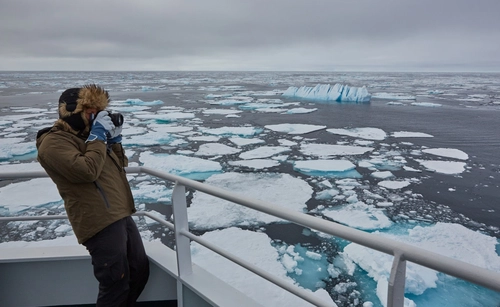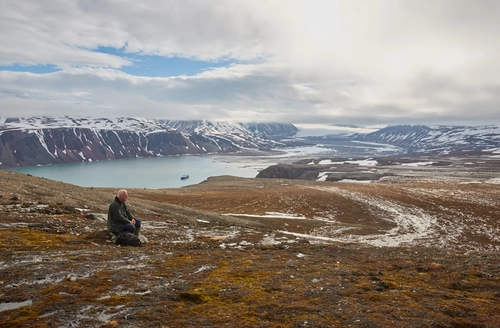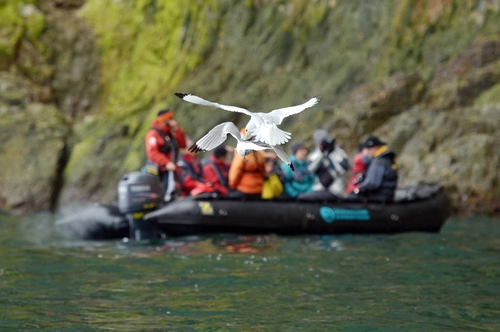The polar bear was relishing his meal; the snow and his face were turning red from the blood. As we observed him eating, our own stomachs began to grumble. It was time for lunch.
Our lunch was brief, as an exciting announcement interrupted us: another polar bear was approaching. This bear was a sight to behold, a strong, well-fed male emerging from the water, a few hundred meters from the other bear.
As this impressive bear shook off the water from his thick white fur, cameras clicked, and voices on deck exclaimed, 'Look at him... Isn't he attractive?' The excitement grew. The newcomer was clearly drawn by the scent of the killed seal. Would he steal it from the other bear? Would there be a confrontation?
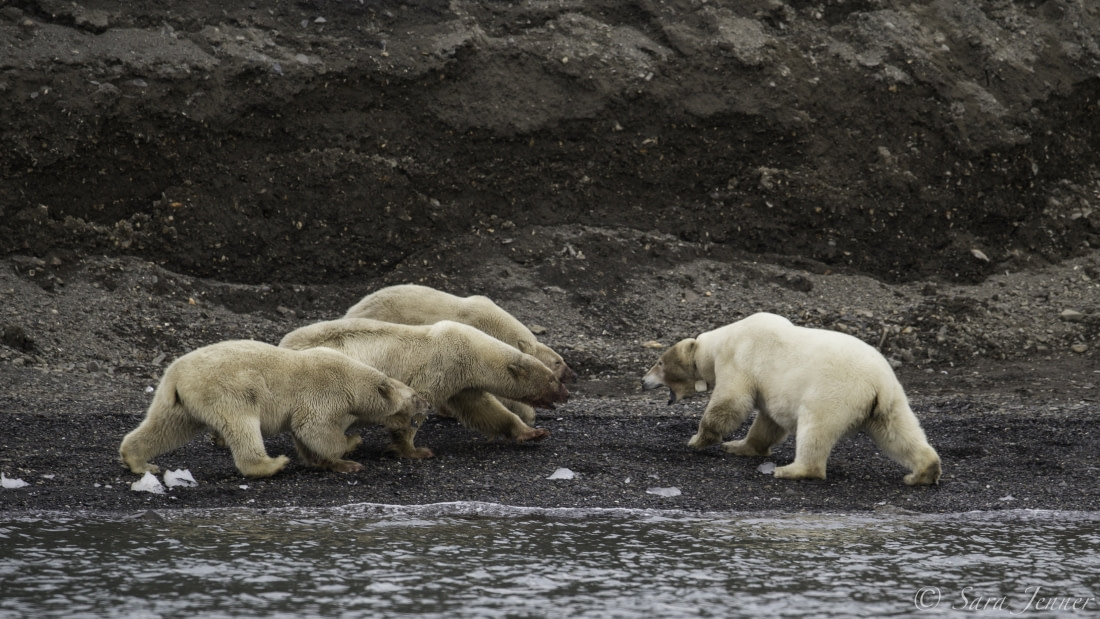
Sharing a seal meal
Initially, the newcomer seemed to ignore the fresh meat entirely. He walked past the bear and his kill. But then, after a while, he turned around and approached the feast. As if invited by the older male, he began to eat. There they were, both sharing the food, their white fur on their heads and front paws stained with seal blood.
After about fifteen minutes, however, things changed. The male who had caught the seal suddenly left, as if the prey no longer belonged to him. Walking away, he glanced back a few times, seemingly envious of the bear who had now taken over his kill. With his back turned, he decided it was time for another afternoon nap.
The second male stuck out his tongue while chewing on his meal, as if mocking him. He continued feasting on the seal for about an hour, then decided to visit his slumbering neighbor.
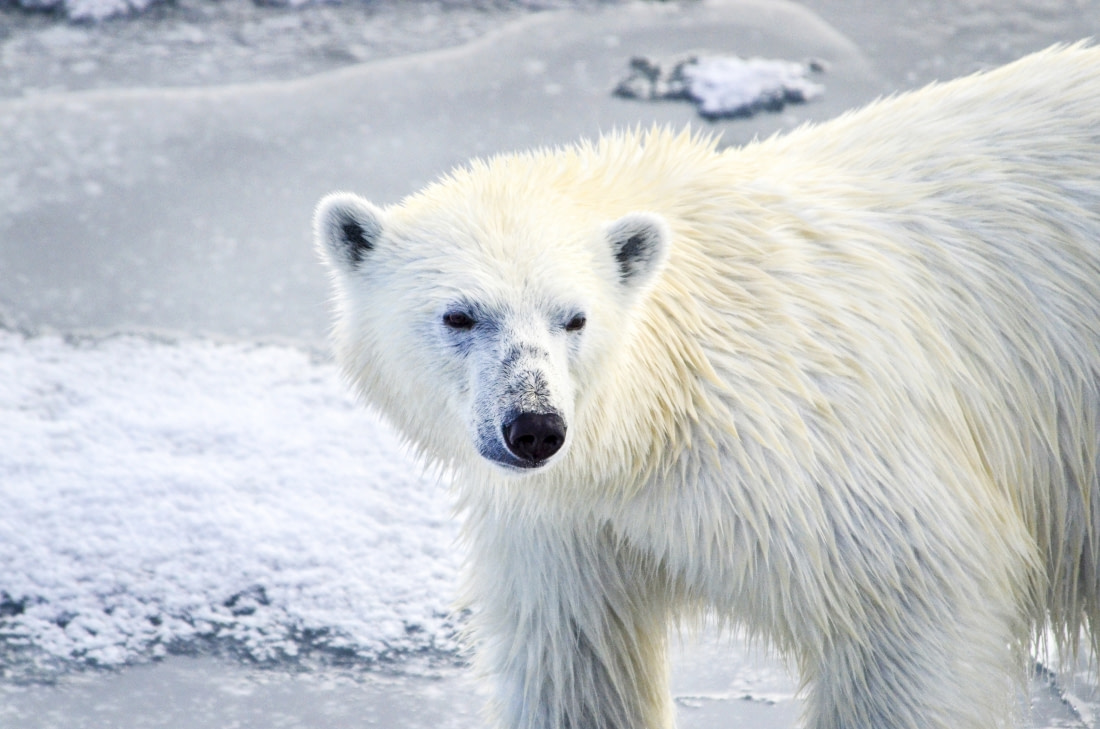
Fish and ships
Our hearts were pounding: what would happen next? Would they have a friendly chat, discussing the weather and the strange vessel full of humans? Or perhaps debate whether to have fish and ships for dinner tonight?
As it turned out, they were not interested in us at all. They faced each other (the sleeping bear woke up as soon as his rival approached). Then, they both opened their maws, as if comparing who had the sharpest teeth. They were sizing each other up: who would win if it came to a fight? It seemed to be an equal match, or maybe the bearded seal just wasn't worth fighting over. When there's enough food, male polar bears are usually only aggressive towards each other when a female is involved.
Since there was no female around to impress, they both closed their maws and walked away. A few meters apart, they both dozed off again, perhaps dreaming about their next meal...


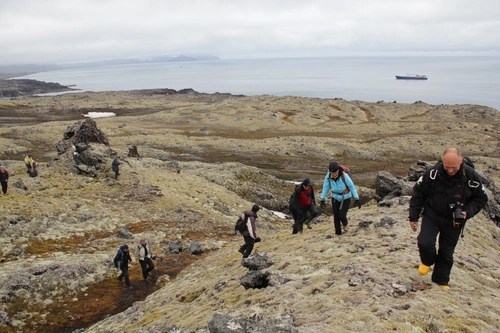


Related Trips
Blog


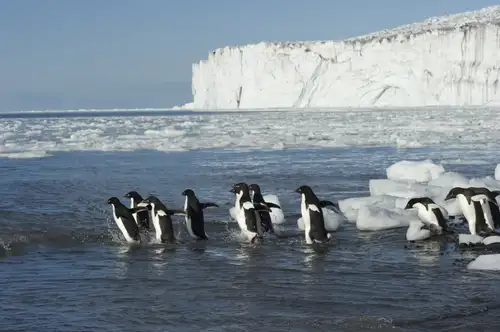
The bio-richness of the Ross Sea

12 Tips to Help Keep Birds Safe During an Antarctic Cruise
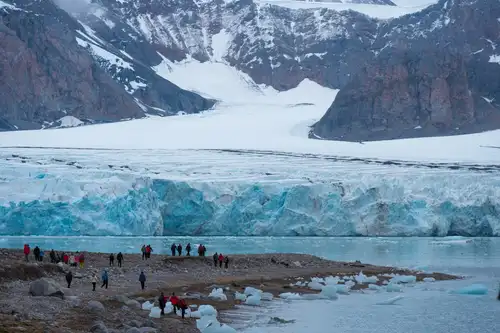
16 Conversation-Starting Svalbard Facts
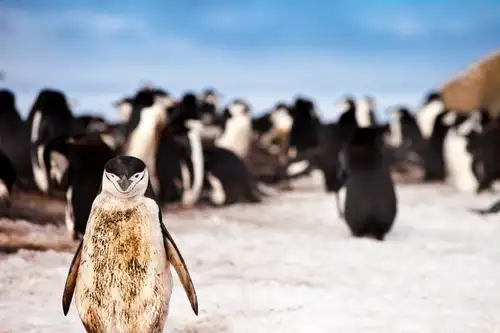
Seven Facts About Antarctic and Sub-Antarctic Penguins

Earth vs. Mars: Polar Regions Compared
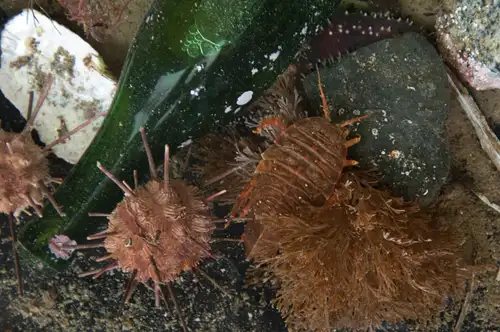
Deep Sea Dwellers: 10 Facts about The Antarctic Giant Isopod
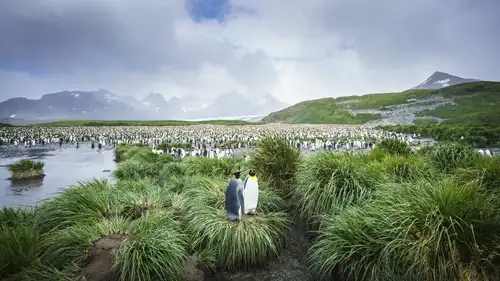
The South Georgia Seven: Hikes, Fjords, Whales, & Penguins
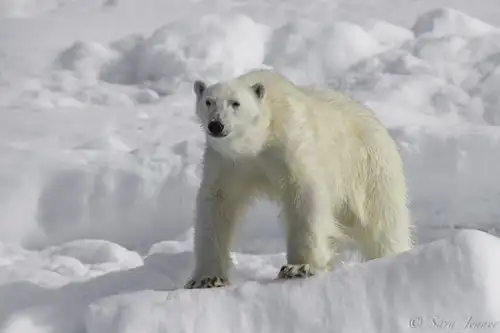
International Polar Bear Day

10 Tips for Photographing the Northern Lights
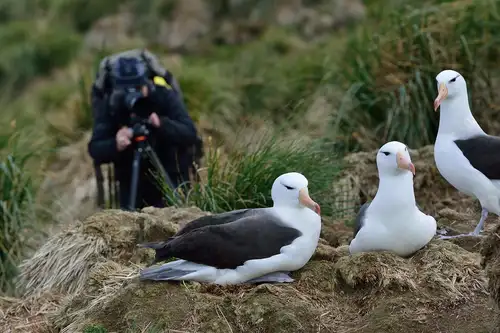
15 Falkland Islands Bird Photos

Life in a Penguin Colony

Living the Antarctic Dream

Top 10 Tips for Packing Your Polar Photography Equipment
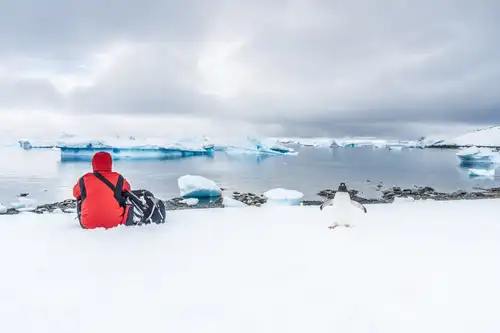
Adding Antarctica to Your Seven-Continents Bucket List
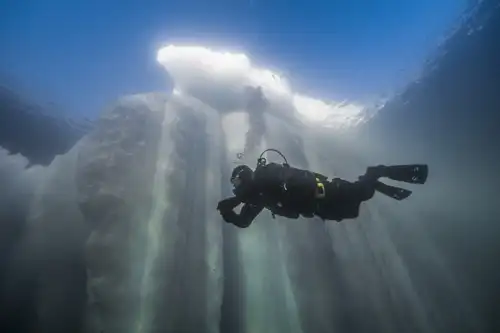
Why a Polar Diving Cruise Should be Your Next Great Decision

The Mysteries of the Beluga Whale

Polar Cuisine in Pictures
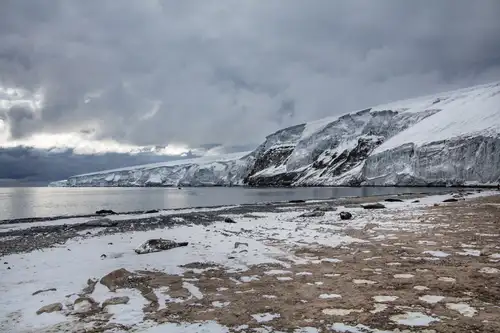
An igneous paradise: Franklin Island

The disastrous expedition in the Arctic west



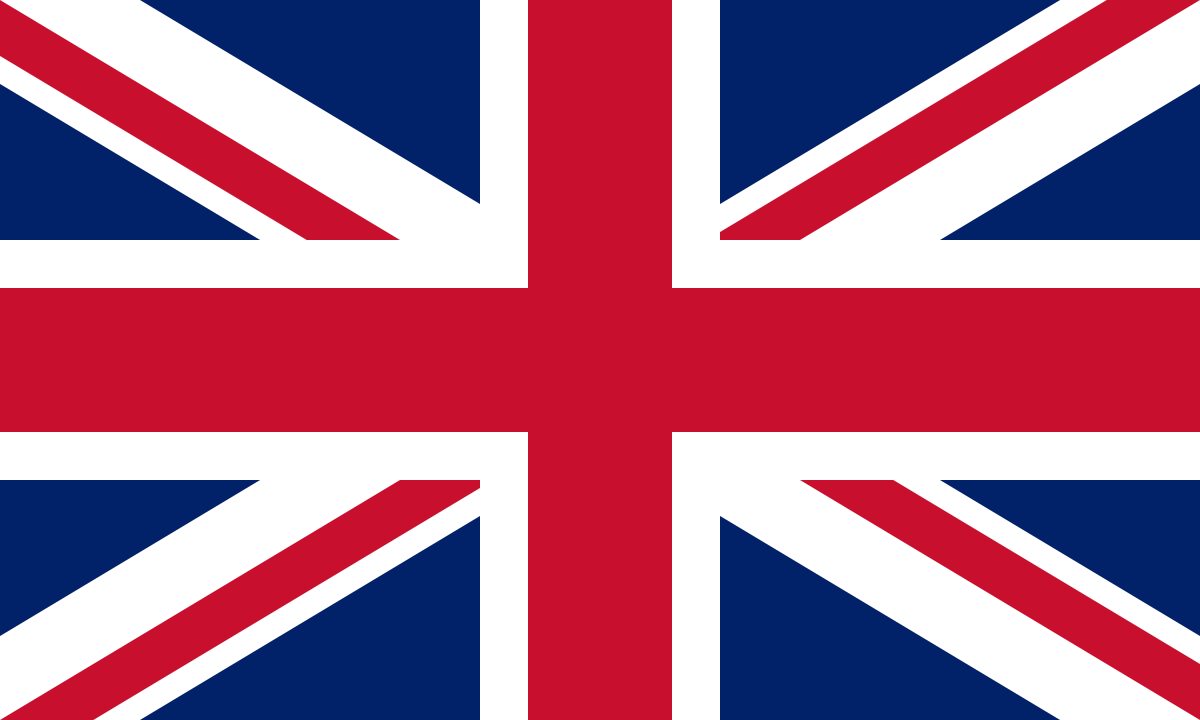
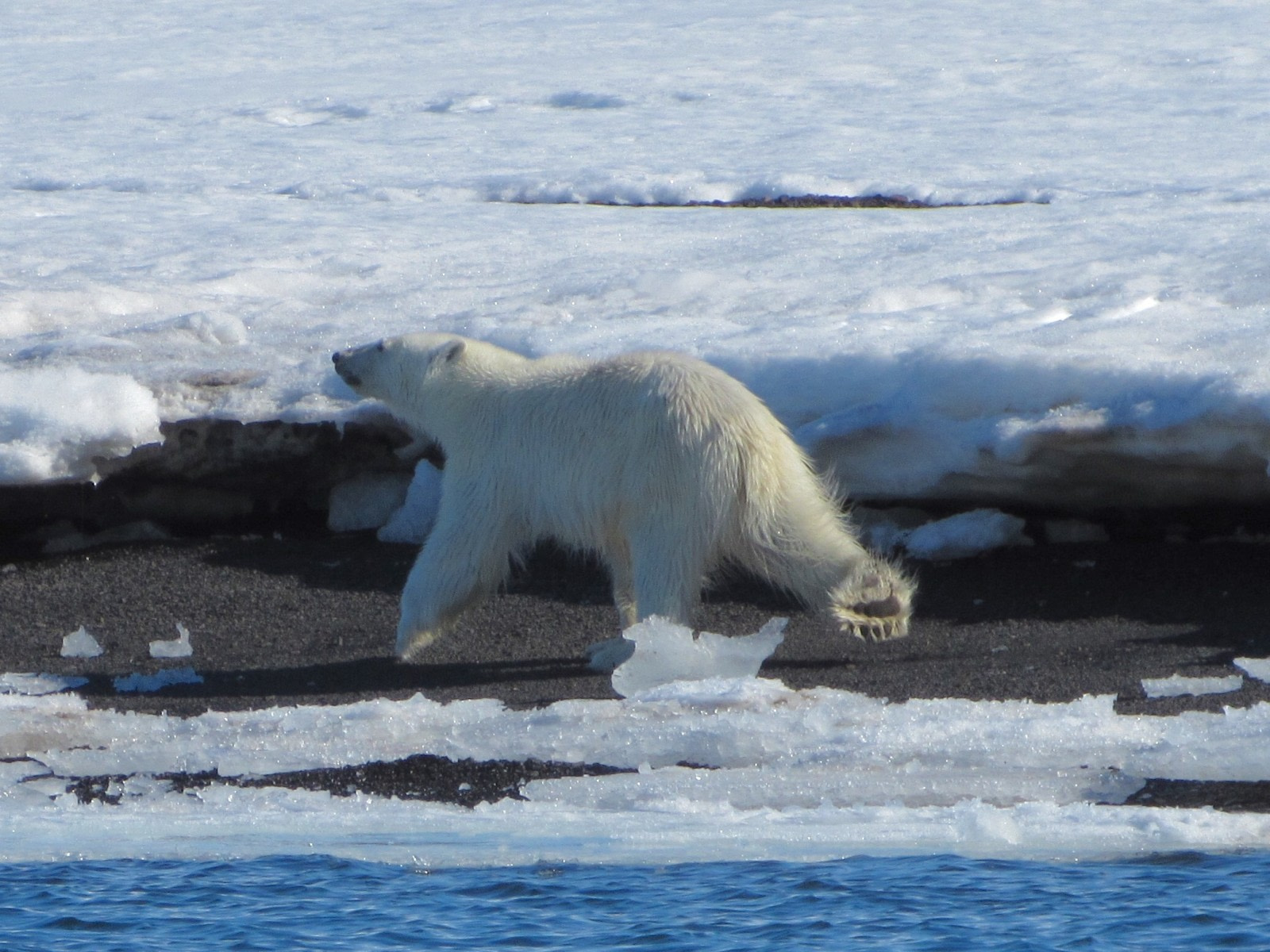

 8 Days / 7 Nights
8 Days / 7 Nights
